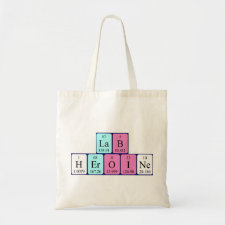
Authors: Kloskowski A, Pilarczyk M, Chrzanowski W, Namiesnik J
Article Title: Sol-Gel Technique A Versatile Tool for Adsorbent Preparation.
Publication date: 2010
Journal: Critical Reviews in Analytical Chemistry
Volume: 40
Issue: (3)
Page numbers: 172-186.
DOI: 10.1080/10408347.2010.490486
Alternative URL: http://www.informaworld.com/10.1080/10408347.2010.490486
Abstract: Preparation of samples for analysis, first of all isolation and/or enrichment of analytes, is becoming a key stage of each analytical procedure including determination of trace components. Effectiveness of this stage, i.e., analyte enrichment, removal of interferents and change of the original sample matrix, depends both on the chosen extraction technique and utilized materials and reagents. Though liquid-liquid extraction is still widely used in analytical practice, it seems that solid phase extraction (SPE) techniques are gaining the dominating position. In these techniques, solid sorbents and pseudo-liquid materials are used as the analytes retaining media. Although a variety of sorbents and stationary phases usable in analytical procedures is known, due to an even larger assortment of analytes present in samples differing in matrix composition, the need for search for new types of sorbents exists. In this field, the sol-gel technique offers good opportunities of producing new sorption materials. Using this technique, one can obtain fit-for-purpose materials. Although sol-gel technique had been known for many years, its first applications in analytical chemistry were described in early 1990s. Since then, an increasing number of papers discussing the preparation of new sorbents using this technique and their applications is a proof positive of great opportunities offered by the technique
Template and target information: Review - Sol-gels
Author keywords: sample preparation, sol-gel, extraction, adsorbents, polar analytes



Join the Society for Molecular Imprinting

New items RSS feed
Sign-up for e-mail updates:
Choose between receiving an occasional newsletter or more frequent e-mail alerts.
Click here to go to the sign-up page.
Is your name elemental or peptidic? Enter your name and find out by clicking either of the buttons below!
Other products you may like:
 MIPdatabase
MIPdatabase









